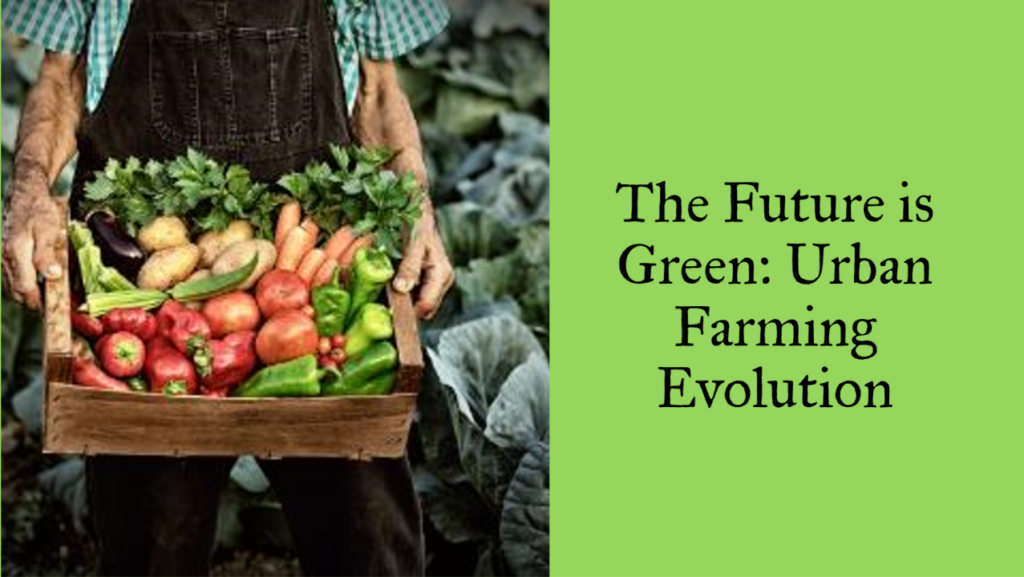As cities sprawl and climate change intensifies, traditional agriculture faces mounting challenges. But amidst the urban concrete jungle, a vibrant green revolution is blossoming: urban farming. This innovative solution isn’t just about backyard tomatoes and rooftop herbs anymore. It’s reimagining food production, creating jobs, and fostering resilient communities.
Technology takes root:
From smart sensors monitoring soil health to autonomous drones pollinating crops, technology is weaving itself into the fabric of urban farming. Data-driven insights optimize resource usage, while automation frees up valuable human labor for tasks like planning and distribution. This tech-infused farming promises higher yields, lower costs, and a workforce skilled in cutting-edge agriculture practices.
Communities blossom:
Urban farming isn’t just about food; it’s about fostering connections. Community gardens are transforming vacant lots into vibrant green spaces, bringing neighbors together to grow, share, and learn. These urban oases not only provide fresh produce but also cultivate social well-being, resilience, and a sense of shared ownership in the city’s green future.
Challenges and opportunities:
Despite its promise, urban farming faces hurdles. Infrastructure, zoning regulations, and access to financing need to be addressed to create a level playing field for this green revolution. However, the potential rewards are vast: improved food security, reduced carbon footprints, and a thriving green economy.
The future is now:
The future of urban farming is not a distant dream; it’s sprouting right under our feet. By embracing innovation, fostering collaboration, and overcoming challenges, we can cultivate a future where cities are not just concrete jungles but vibrant ecosystems teeming with life. So, grab your trowel, join the green movement, and let’s make the future of our cities deliciously, sustainably green!

